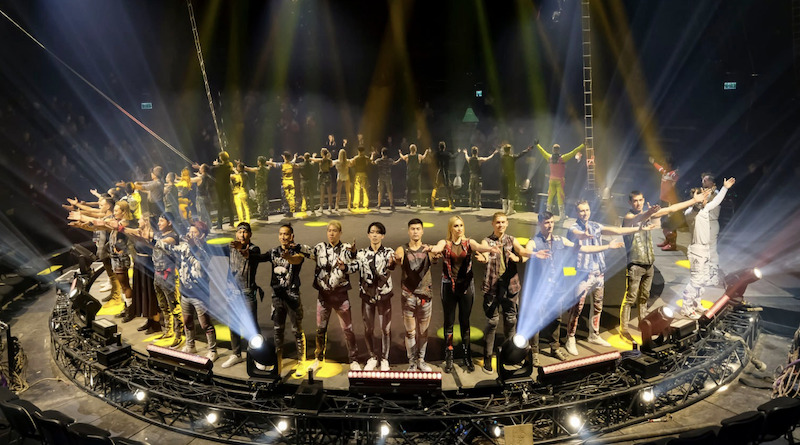Circus is Officially Recognized as an Art Form in Germany

Circus has been officially recognized as “Intangible Cultural Heritage” by UNESCO in Germany.
After the Netherlands, Hungary, Chile and Finland, Germany joins the growing number of countries where the circus arts is recognized as an independent art form within the performing arts.
UNESCO’s Intangible Cultural Heritage initiative is an important tool for the international circus community’s ongoing effort to have circus recognized as a stand-alone, legitimate art form under socio-economical terms. When national and regional circus communities around the world struggle with lack of funding, it is mostly due to the fact that circus is not even listed under their region’s performing arts funding options.
Since the early 2000’s, UNESCO has been changing its approach to the content of cultural heritage. Cultural heritage doesn’t only mean monuments and collections of objects anymore, but it also includes traditions or lived expressions inherited from our ancestors. In UNESCO’s new definition, the performing arts, as a vehicle of cultural heritage, finally got acknowledged. The 2003 Intangible Cultural Heritage Convention was ratified by 178 countries.
In 2012, the Fédération Mondiale du Cirque, whose core mission is to preserve and promote circus arts and culture worldwide, saw an opportunity for the circus arts in UNESCO’s new approach and launched its “UNESCO Project.” The project aims to ensure that circus arts are included in the Representative List of Intangible Cultural Heritage of Humanity of UNESCO through a multinational application process.
UNESCO’s latest announcement about the German Circus Arts recognition as “intangible cultural heritage” states that: “The fascination of the circus is based on the specific skills of the performers and their presentations. Examples of this are special flexibility, balancing skills or dexterity. Sometimes special props are used, such as rope systems, juggling clubs or a trapeze. The circus also includes acrobatics, magic, music, clowning and pantomime. For the audience, the live experience of a circus performance is an elementary sensory experience.”
The UNESCO statements also adds that “in the course of its 250-year history, the circus has constantly changed. Different forms have developed that exist in parallel and in mutual exchange with each other today. In smaller companies these days, a single family sometimes does the entire program, while in larger ones the ensemble is often very diverse. In the Varieté, circus disciplines are presented on stage and classic circuses, from small family circuses to large circuses, go on tour across Germany. In addition to the artistic and acrobatic skills that are passed on in a circus and in schools for circuses and artists, knowledge about the design of circus performances, lighting and music is also passed on. The classic circus has greatly differentiated its content over the years and focuses on a wide variety of program concepts such as family entertainment, poetry or thrills.”
Main image: (c) Flic Flac Source: UNESCO
Editor's Note: At StageLync, an international platform for the performing arts, we celebrate the diversity of our writers' backgrounds. We recognize and support their choice to use either American or British English in their articles, respecting their individual preferences and origins. This policy allows us to embrace a wide range of linguistic expressions, enriching our content and reflecting the global nature of our community.
🎧 Join us on the StageLync Podcast for inspiring stories from the world of performing arts! Tune in to hear from the creative minds who bring magic to life, both onstage and behind the scenes. 🎙️ 👉 Listen now!